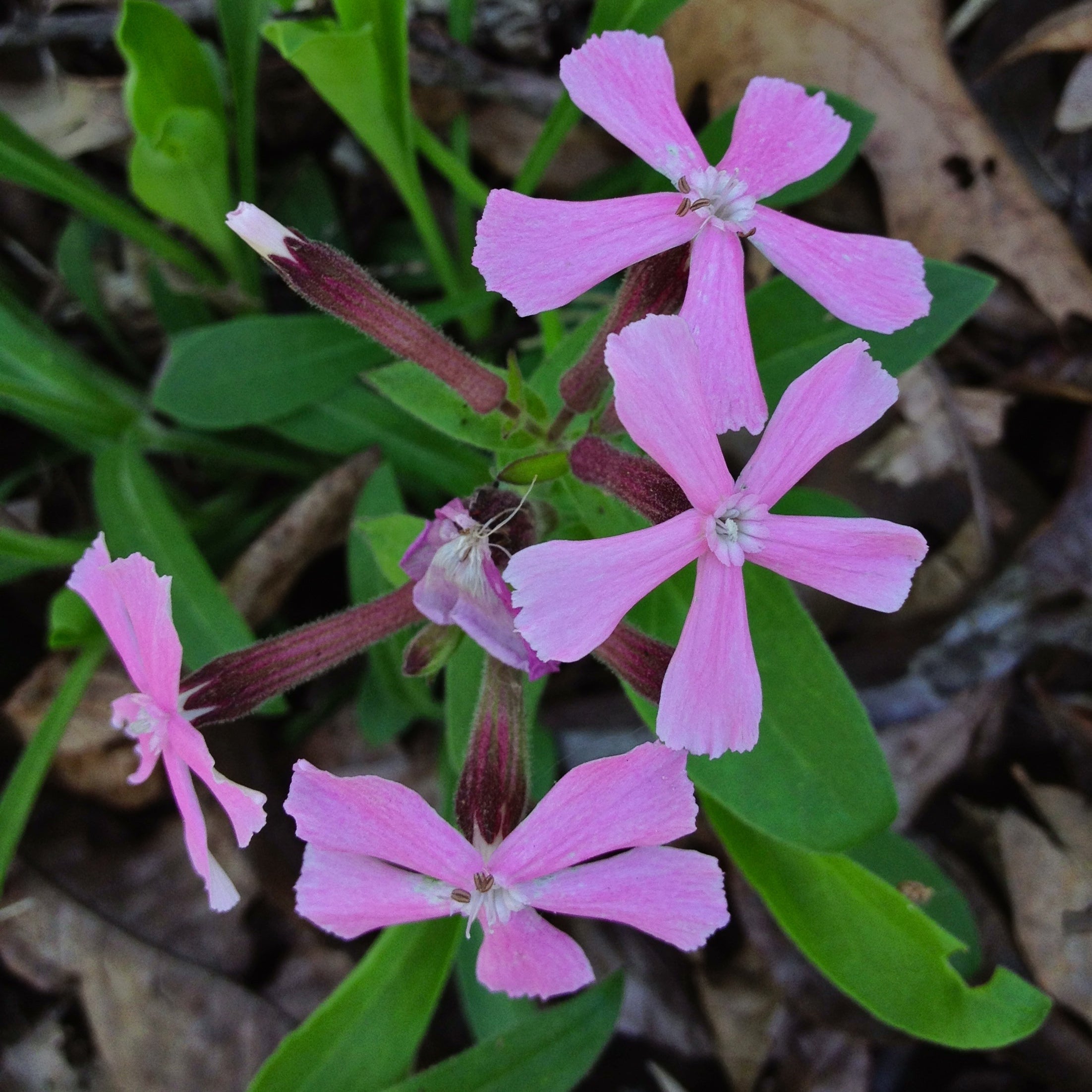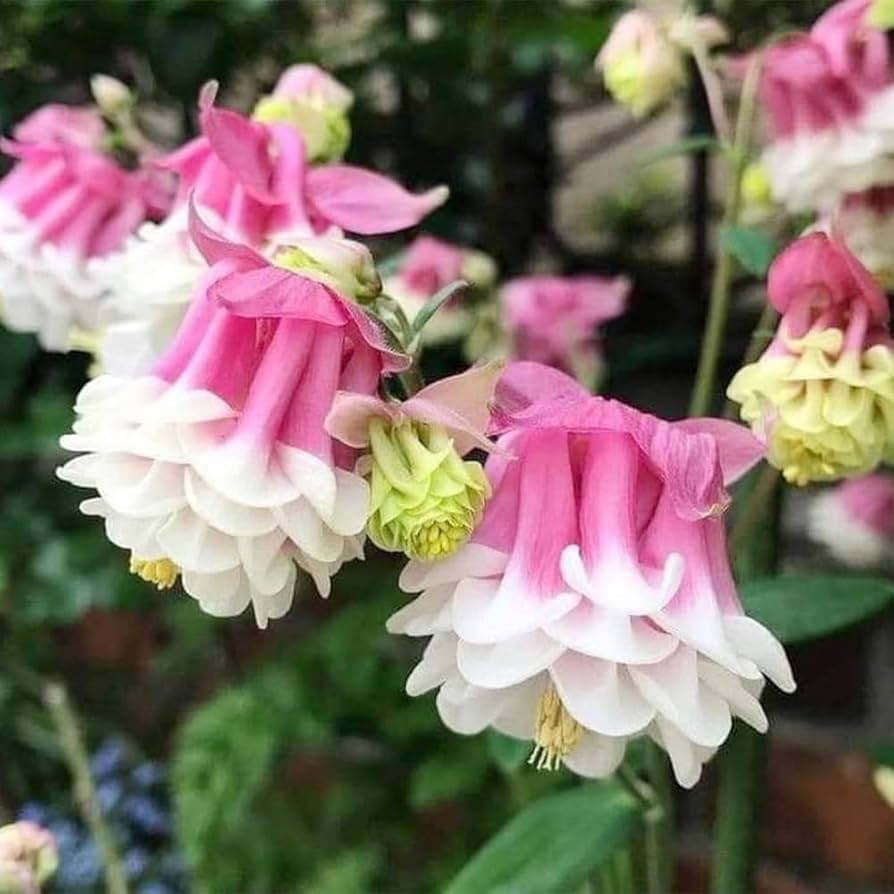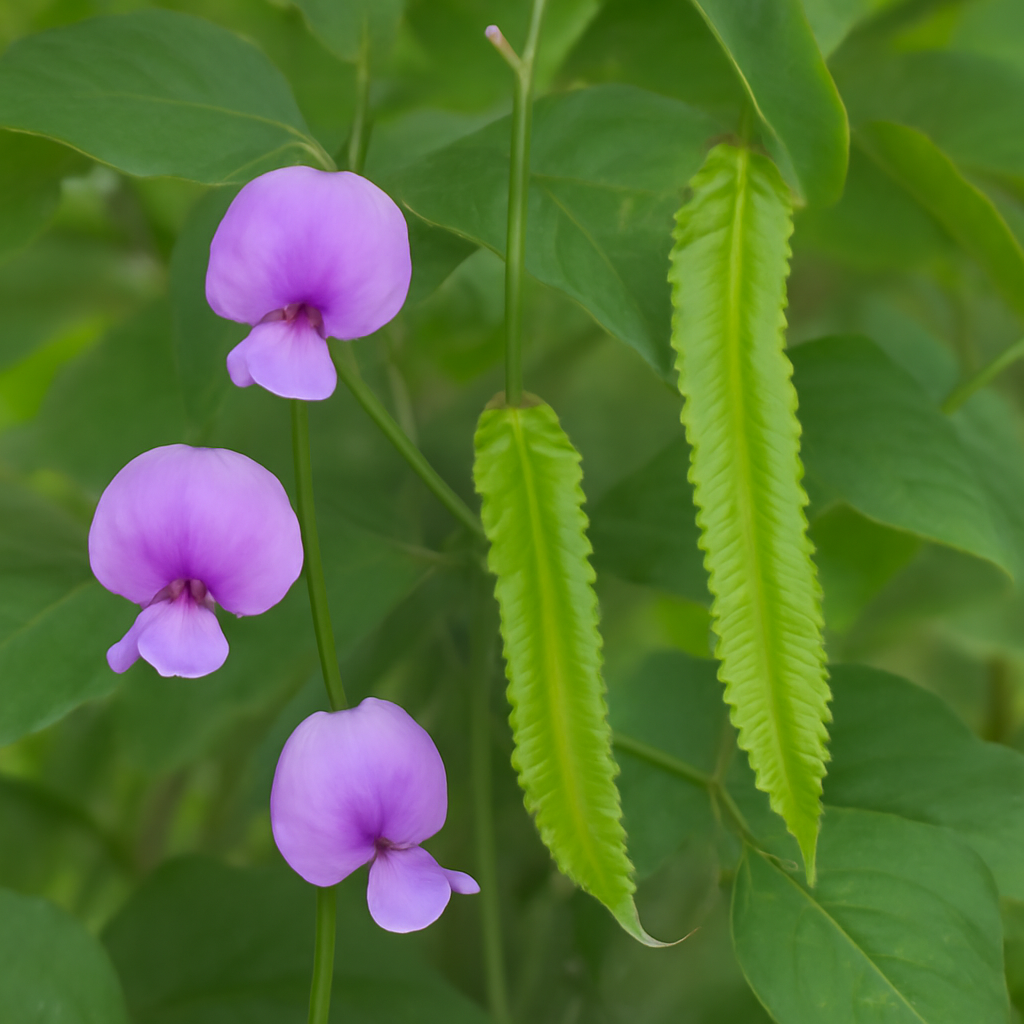About Purple Winged Bean
The Purple Winged Bean (Psophocarpus tetragonolobus) is an exotic and nutrient-dense legume native to Southeast Asia. Known for its unique purple flowers and winged pods, the Purple Winged Bean is a fast-growing vine that produces edible leaves, pods, seeds, and flowers. Its nutrient-rich pods are used in cooking, and the plant itself serves as a great addition to both gardens and landscaping. Revered for its high protein content, this legume is sometimes called the "vegetable meat" because of its ability to provide a substantial amount of nutrition in a small growing space.

At Pureasiaseeds.com we offer premium Purple Winged Bean seeds, allowing you to grow this unique, multi-purpose plant in your own garden or container.
Why Grow Purple Winged Bean?
There are many reasons to grow Purple Winged Bean:
-
Highly nutritious: The pods, seeds, and leaves are rich in protein, fiber, vitamins, and minerals, making it a superfood for your garden.
-
Edible all parts: The leaves can be used in salads or cooked like spinach, the pods are edible when young, and the seeds are used as a protein source in various dishes.
-
Fast-growing: This vining legume can mature in just a few months, making it an ideal choice for gardeners seeking quick harvests.
-
Beautiful and ornamental: With its purple flowers and winged pods, this plant adds a unique beauty to gardens and landscapes.
-
Nitrogen-fixing: As a legume, it improves the soil by fixing nitrogen, benefiting nearby plants in the garden.
When to Plant Purple Winged Bean
-
Optimal season: Plant Purple Winged Bean seeds in late spring or early summer after the danger of frost has passed and when the soil temperature is consistently 70°F (21°C) or warmer.
-
Germination: Purple Winged Bean seeds typically germinate in 7–14 days under warm, moist conditions.
-
Growing period: This plant grows quickly and can be harvested within 3–4 months from planting, depending on the climate and care.
Where to Grow Purple Winged Bean
Purple Winged Bean thrives in:
-
Full sun: Requires 6–8 hours of direct sunlight for optimal growth and fruit production.
-
Well-drained soil: Prefers light, fertile, and well-draining soil, ideally with a slightly acidic to neutral pH (5.5–7.0).
-
Warm, humid climates: Best suited for tropical or subtropical regions but can be grown as an annual in cooler climates with warm summers.
-
Trellis or vertical growth: This vining plant grows well on trellises, fences, or stakes, making it ideal for vertical gardens or small spaces.
How to Grow Purple Winged Bean

-
Soil preparation: Ensure the soil is well-drained and slightly acidic to neutral. Mix in organic compost to enhance fertility.
-
Planting seeds: Sow seeds 1–2 inches deep into the soil. Space them 12–18 inches apart to allow the vines to spread and climb.
-
Watering: Keep the soil evenly moist, especially during the germination phase. Once the plant is established, it becomes quite drought-tolerant.
-
Fertilizing: Use a balanced fertilizer in early spring or apply organic compost during the growing season to ensure optimal growth and pod production.
-
Trellis or support: Set up a trellis or structure to allow the vines to climb and spread.
How to Care for Purple Winged Bean
-
Watering: Water regularly to keep the soil moist, but avoid waterlogging. Once established, this plant is quite drought-tolerant.
-
Pruning: Regularly remove dead or damaged stems to encourage fresh growth. You can also cut back the vine to keep it manageable.
-
Pest management: Purple Winged Beans are generally pest-resistant, but watch out for common garden pests like aphids and whiteflies. Use organic insecticides if needed.
-
Mulching: Apply a light layer of organic mulch to retain moisture and reduce weed growth.
-
Harvesting: Harvest the young pods when they are still tender, and mature seeds can be collected when the pods turn brown and dry.
Companion Plants for Purple Winged Bean
Purple Winged Bean pairs well with other climbing plants and vegetables:
-
Tomatoes: Benefiting from the vertical growth, tomatoes grow well alongside beans, sharing similar watering and sunlight needs.
-
Cucumbers: Also a vining plant, cucumbers make an excellent companion to Purple Winged Beans, maximizing space in vertical gardens.
-
Corn: Plant corn next to your Purple Winged Beans for a three-sister garden effect, providing natural support for the bean vines while corn benefits from nitrogen-fixing.
-
Marigolds: Help repel pests that might affect your beans while providing a colorful border.
Harvesting Purple Winged Bean

-
Pods: Harvest the young pods when they are still tender and green. Once mature, the pods turn brown and dry.
-
Seeds: Allow mature pods to dry fully on the vine before harvesting seeds. These seeds can be stored for planting the following season.
-
Leaves: The young leaves can be harvested and cooked like spinach or used in salads.
Final Thoughts on Purple Winged Bean
The Purple Winged Bean is a unique and versatile plant that provides both nutritional benefits and aesthetic beauty in the garden. Its fast-growing nature, edible pods, and attractive flowers make it an excellent addition to any vegetable garden, container garden, or landscape design.
At Pureasiaseeds.com we offer premium Purple Winged Bean seeds to help you grow this nutritious and ornamental vine at home. Start planting today and enjoy a steady supply of protein-rich beans all season long!







